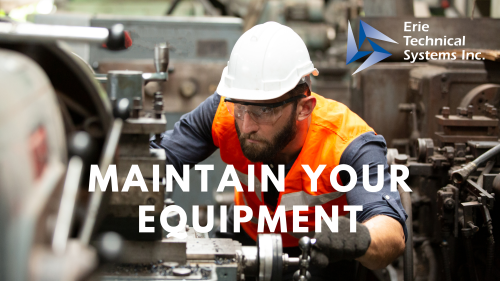Bulk bag fillers are indispensable in numerous industries, handling everything from agricultural products to chemical materials. Keeping these machines in optimal condition is crucial for operational efficiency and extending their lifespan and ensuring consistent performance. Regular maintenance, timely cleaning, and adept troubleshooting are the pillars of effective bulk bag filler upkeep. Here are the best practices for maintaining your bulk bag filler.
- Establish a Regular Maintenance Schedule
The foundation of maintaining any industrial equipment, including bulk bag fillers, is establishing and adhering to a regular maintenance schedule. Preventive maintenance helps identify potential issues before they become serious problems, reducing downtime and repair costs. Key components to check regularly include:
- Seals and Gaskets: These should be inspected for wear and tear and replaced as needed to prevent material leakage and contamination.
- Load Cells and Weighing Systems: Ensure these are calibrated regularly to maintain accurate weighing and filling.
- Motors and Pneumatic Systems: Check for any signs of wear in moving parts, and ensure that pneumatic systems are leak-free and properly pressurized.
- Structural Integrity: Inspect the frame and joints of the bulk bag filler for any signs of stress or cracks, which could compromise the stability and safety of the operation.
- Implement Thorough Cleaning Protocols
Keeping your bulk bag filler clean is not just about operational efficiency; it's also a matter of compliance, especially in industries like food processing or pharmaceuticals where contamination can have serious repercussions. Effective cleaning protocols include:
- Routine Cleaning: At the end of each shift or batch, depending on your operation, clean all surfaces that come into contact with materials. Use appropriate cleaning agents that are effective yet safe for the materials handled and the equipment.
- Deep Cleaning: Schedule periodic deep cleanings to address areas that are not part of the daily cleaning routine. This includes dismantling parts of the machine to clean hidden or less accessible areas.
- Dust Control: Regularly clean and maintain dust extraction systems that prevent the buildup of particulate matter, which can affect machine performance and workplace health.
- Follow Proper Operational Procedures
Many issues with bulk bag fillers stem from incorrect operation. Training your staff on the proper use of the equipment is critical. Key operational practices include:
- Proper Loading Techniques: Ensure that bags are correctly positioned and secured to prevent uneven filling and potential damage to the machine.
- Optimal Filling Rates: Adhere to recommended filling rates to avoid putting undue stress on the machine's components.
- Regular Inspections: Encourage operators to report any unusual noises, vibrations, or performance issues, which can be early signs of problems.
- Troubleshoot Common Issues Promptly
Quickly addressing common issues can prevent them from escalating into major repairs. Some troubleshooting tips include:
- Material Flow Problems: If material isn't flowing smoothly, check for blockages in the hopper or issues with the flow aids like vibrators or agitators.
- Weighing Discrepancies: If the filled bags are not meeting weight specifications, recalibrate the weighing system and inspect for any interference or obstructions.
- Seal Leaks: Regularly check seals and clamps for signs of wear or damage, which can cause leaks and contamination.
- Keep Spare Parts on Hand
Minimize downtime by keeping critical spare parts in stock. This includes commonly replaced items like seals, filters for dust collectors, and wear parts for any flow aids. Having these parts readily available can significantly reduce the time it takes to perform repairs and get your bulk bag filler back up and running.
Maintaining your bulk bag filler with these best practices ensures that your equipment remains reliable, efficient, and productive over its lifespan. Regular maintenance, proper cleaning, adept operation, and prompt troubleshooting are key to achieving this goal. By investing in the upkeep of your bulk bag filling equipment, you safeguard your operational effectiveness and maintain the quality of your product.

